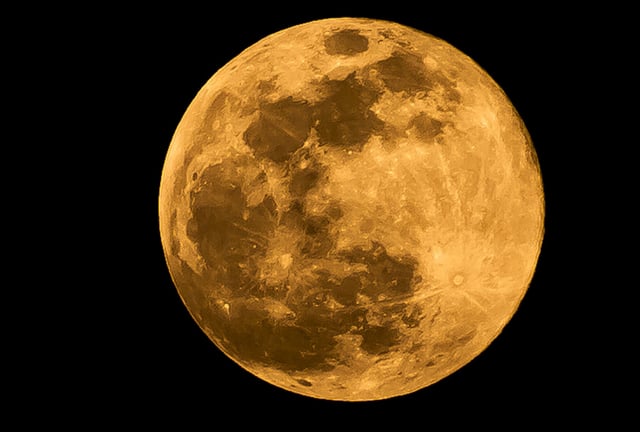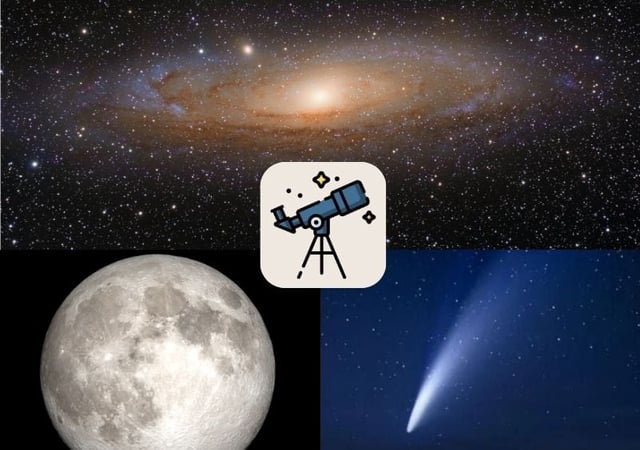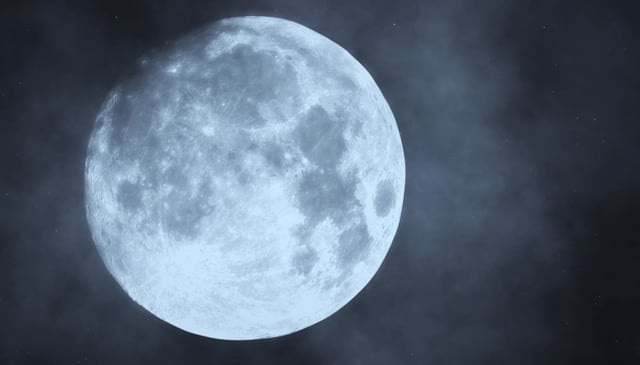Overview
- The October full moon will be the largest and brightest supermoon of 2025, reaching peak illumination late Oct. 6 in the Americas (11:48 p.m. EDT; 8:48 p.m. PDT) and 03:48 UTC on Oct. 7, and it may appear orange or amber near the horizon due to atmospheric refraction.
- The Draconid meteor shower will be active Oct. 6–10 with a predicted peak around Oct. 7–8, though visibility is expected to be reduced by the bright full moon, while the Southern Taurids continue at low rates into November.
- The Orionids are forecast to peak on the night of Oct. 21 at up to about 20 meteors per hour, coinciding with a new moon that should provide dark skies for viewing.
- Three comets are on watch lists for October: ATLAS around Oct. 8 (best with binoculars), SWAN near closest approach around Oct. 20 with potential naked-eye visibility in clear, dark skies, and Lemmon near closest approach around Oct. 21.
- Additional highlights include Mercury’s best evening appearance of the year on Oct. 29, several Moon-planet pairings earlier in the month, and the Andromeda galaxy well placed for viewing from Oct. 2 around midnight.


